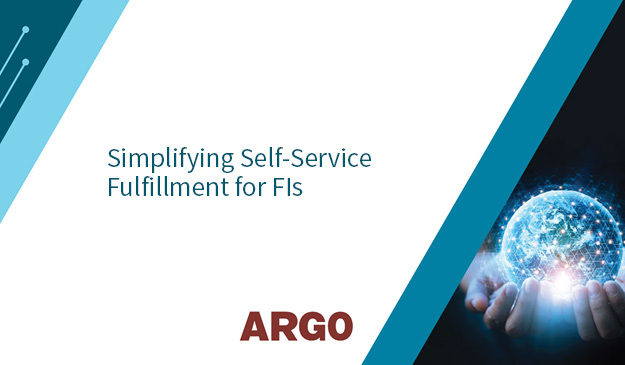Financial institutions historically have had a custodial customer care business model where they do the work for the customer. That works great in a branch, but it fails in today’s digital-centric world. Digital delivery greatly empowers the consumer. As we move functionality out to the consumer, we have to both simplify and protect the process.
The process must be time sensitive, preferably in the five-to-eight minute range from start to completion. To accomplish this, the user interface (UI) must be designed for self-service use. In addition, instead of expecting data entry perfection, we must accept partially‑completed applications, place them in a work queue, and have employees assist in completion. These methods reduce abandonment probability.
Fulfillment “accelerators” help the customer complete the process more easily. Examples include:
- Pre‑fill application data from any known customer or account data;
- Electronic data collection, including taking a picture of a driver’s license or other ID and having the scanned data automatically populate an application;
- Ability to start, stop, or save an application, and continue from where you left off;
- Omni‑channel transactional interconnectivity—the ability to start in one channel and finish in another;
- Proactive service-error detection and intervention assistance using automated and human-based methods for resolution;
- Workflow for ease in providing additional data or uploading of documents such as a secondary form of ID and proof of income;
- Electronic paperless processing and e-Signature to eliminate the need for paper and physical signatures;
- Flexibility with multiple funding options to accommodate the customer’s convenience;
- Automatic setup for additional services such as debit card, check order, overdraft protection, online banking, e-Statements, and more.
For more information, download the “Omni-Channel Fulfillment” interview with David Engebos, President and COO of ARGO.





